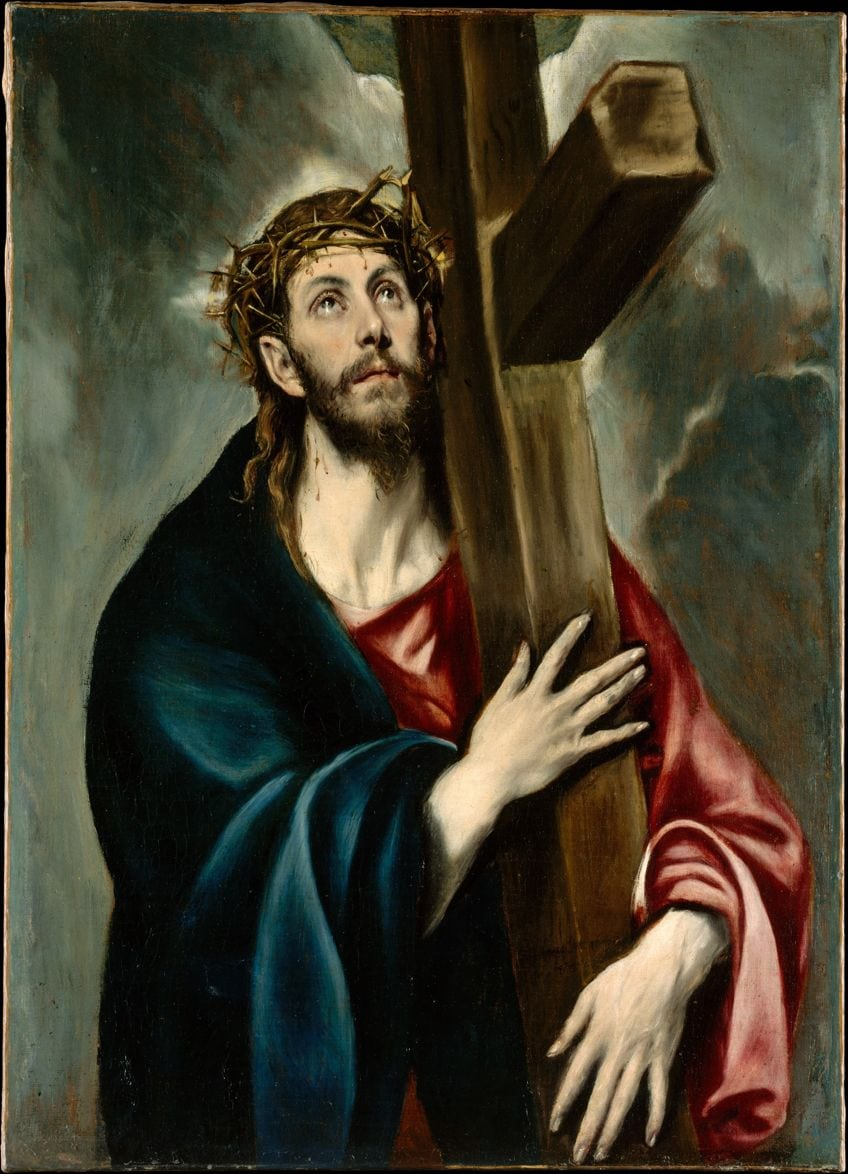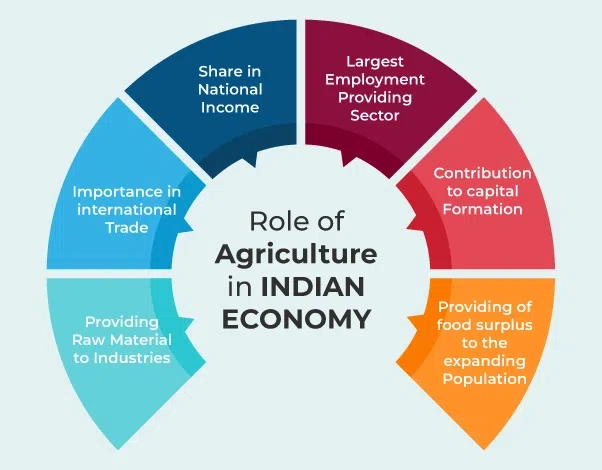Q. What were the remarkable features of the Maya settlements?
The Maya civilization, one of the most remarkable and enduring cultures
of pre-Columbian America, flourished in the tropical lowlands of present-day
southern Mexico, Guatemala, Belize, Honduras, and El Salvador. Spanning several
centuries, from roughly 2000 BCE to the arrival of the Spanish in the 16th
century, the Maya were known for their advanced knowledge in various fields
such as mathematics, astronomy, architecture, and governance. The remarkable
features of the Maya settlements, both urban and rural, reflect the ingenuity
and resourcefulness of this civilization in adapting to and shaping their
environment. The Maya's settlements exhibited distinctive characteristics in
terms of city planning, architectural styles, religious and cultural practices,
as well as technological and agricultural innovations. These features not only
highlight the Maya's deep connection to their natural surroundings but also
their sophisticated social, political, and spiritual systems. To understand the
remarkable features of Maya settlements, it is essential to examine their
cities, architectural achievements, social organization, economy, and the
relationship between the Maya people and their environment.
Urban Centers and
City Planning
Maya settlements were highly structured and often centered around large
urban cities that served as political, ceremonial, and economic hubs. These
urban centers were carefully planned and were characterized by large plazas,
pyramids, temples, and palace complexes. The cities were typically built in a
series of interrelated zones that were arranged according to both practical and
symbolic considerations. Each of these cities had a central plaza or ceremonial
area that served as the focal point for public rituals, civic events, and trade
activities. These spaces were often surrounded by monumental architecture,
including pyramid-shaped temples, which reflected the Maya's religious and
cosmological beliefs.
The Maya cities were also organized to reflect their hierarchical social
structures. The ruling elite, including the king (or "ajaw"),
nobility, and priests, lived in the central areas of the city, often in
palatial structures. These buildings were elaborately decorated with carvings
and murals, showcasing the wealth and power of the elite. In contrast, the
lower classes, including artisans, farmers, and laborers, lived in more modest
homes located on the outskirts of the city. This division of space within Maya
settlements reflects the highly stratified nature of Maya society, where social
roles were clearly defined, and power was concentrated in the hands of a few.
The layout of Maya cities often followed a geometric order, with large
plazas or open spaces serving as the heart of the urban landscape. Streets and
pathways connected the various sections of the city, while large ball courts,
used for the ritual ball game that held religious significance, were commonly
found near the central plazas. The construction of such public spaces and the
planning of cities, such as Tikal, Palenque, Copán, and Calakmul, demonstrated
the Maya’s understanding of urban design, geometry, and the symbolic importance
of space.
Architecture and
Monumental Structures
Maya settlements were distinguished by their monumental architecture,
which reflected both their advanced engineering skills and their religious and
political ideologies. The Maya were renowned for their construction of large
temples, pyramids, palaces, and ceremonial ball courts. These structures were
typically made of limestone and other locally available materials, with some
cities constructing their buildings using a technique known as
"corbeling," which allowed them to create vaulted ceilings without the
need for arches or other complex support systems.
One of the most iconic features of Maya architecture is the stepped
pyramid, or "temple-pyramid," which served as the centerpiece of many
Maya cities. These pyramids were often dedicated to important gods or deities
and were used as platforms for religious ceremonies, including offerings,
sacrifices, and other rites. The temples were typically adorned with intricate
carvings and inscriptions that depicted rulers, gods, and historical events.
The Pyramid of the Magician at Uxmal, the Temple of the Inscriptions at
Palenque, and the Temple of Kukulkan at Chichen Itza are prime examples of the
grandeur of Maya architecture.
In addition to their temples and pyramids, the Maya also constructed
palaces for their ruling elites. These buildings were often large, multi-story
structures that served as residences for the royal family and their attendants.
The palaces were richly decorated with murals, sculptures, and carvings that
illustrated the wealth and power of the rulers. Some palaces, like the one at
Palenque, featured elaborate staircases and courtyards, while others, such as
the royal palace at Copán, included plazas and terraces designed to showcase
the ruler’s divine status.
The Maya also built impressive ball courts, which were central to their
social and religious life. The ball game, known as "pok-a-tok," was
more than just a form of entertainment; it held significant ritual and
political meaning. The ball courts were typically rectangular or I-shaped, and
many were located near the central plazas of Maya cities. The game was often
associated with the gods, and its outcome was thought to influence the fate of
the city-state. Ball courts were thus essential to both the religious and
political life of Maya society.
Art and
Iconography
The Maya were also known for their distinctive artistic styles, which
were reflected in their architecture, pottery, murals, and carvings. These
works of art were not only aesthetically impressive but also conveyed important
cultural and religious messages. Maya art was highly symbolic and often
depicted gods, rulers, and scenes from mythology, history, and daily life. The
walls of temples and palaces were frequently covered with intricate murals that
told the stories of past rulers, gods, and important events. The murals at
Bonampak, for example, are renowned for their vivid depictions of courtly life,
rituals, and ceremonies.
Sculpture was another important art form in Maya settlements. Large stone stelae, or upright stones, were often erected in the central plazas of cities to commemorate important rulers and their achievements. These stelae were intricately carved with hieroglyphic inscriptions, as well as scenes depicting the ruler’s divine connections and military victories. In addition to stelae, the Maya also created statues of gods and deities, which were placed in temples and public spaces. These sculptures served as focal points for religious worship and were believed to embody the power and presence of the gods.
Maya pottery was another significant art form, with pieces often
decorated with intricate designs, geometric patterns, and images of animals,
gods, and humans. Pottery was used for both practical and ceremonial purposes,
and some pieces were highly ornate, indicating their role in religious rituals.
Pottery vessels, figurines, and ceremonial objects have been found in Maya
settlements, providing valuable insights into the culture and beliefs of the
Maya people.
Social and
Political Organization
Maya settlements were characterized by complex social and political
structures, with power concentrated in the hands of a small elite class. At the
top of the social hierarchy was the ajaw, or king, who was regarded as a divine
ruler and intermediary between the gods and the people. The ajaw was
responsible for maintaining cosmic order, overseeing religious ceremonies, and
ensuring the prosperity of the city-state. The king’s role was often reinforced
through elaborate rituals, where he would perform acts of sacrifice, both
symbolic and real, to maintain the favor of the gods.
Beneath the king were the nobility and the priesthood, who played a
central role in the governance and religious life of the settlement. The
priests were responsible for interpreting the will of the gods, conducting
ceremonies, and ensuring the proper functioning of the religious calendar. They
were highly educated and skilled in astronomy, mathematics, and the
interpretation of celestial events, which were seen as signs from the gods. The
priests often held significant political power, advising the king and playing a
role in decision-making.
The lower classes of Maya society, including farmers, artisans, and
laborers, made up the majority of the population. While their lives were
largely shaped by the demands of the elite, they also had important roles in
the functioning of Maya settlements. Farmers, for instance, provided the food
necessary for the survival of the city, while artisans produced pottery,
textiles, and other goods for both local use and trade. Laborers were often
employed in the construction of monumental buildings and temples, playing a
crucial role in the creation of the physical landscape of Maya settlements.
Maya society was organized into city-states, each with its own ruler,
priesthood, and governing council. These city-states, such as Tikal, Copán, and
Palenque, were often in competition with one another for resources, territory,
and influence. Warfare was a common feature of Maya politics, with city-states
engaging in military campaigns to capture prisoners for ritual sacrifice,
expand their territories, or assert their dominance over rivals.
Agriculture and
Economy
The Maya were highly skilled agriculturalists, and the success of their
settlements depended largely on their ability to cultivate the land in the
challenging tropical environment. The Maya practiced a variety of agricultural
techniques, including slash-and-burn farming, raised fields, and terracing. The
fertile soils of the lowlands allowed the Maya to grow a wide range of crops,
including maize (corn), beans, squash, chili peppers, and cacao. Maize was the
staple crop of the Maya diet, and it held great cultural and religious
significance. The Maya believed that humans were created from maize, and it was
often offered to the gods during religious rituals.
In addition to agriculture, the Maya engaged in trade, both within their region and with other cultures. Trade routes connected Maya settlements to distant areas, including central Mexico, the Gulf Coast, and the highlands of Guatemala. The Maya traded goods such as jade, obsidian, feathers, and textiles, as well as foodstuffs like salt and cacao. Cacao, in particular, was highly prized and used both as a food and a form of currency. The Maya also exchanged knowledge, including astronomical and mathematical techniques, which were passed along to other Mesoamerican cultures.
Religion and
Cosmology
Religion played a central role in the daily life of the Maya, and their
settlements were designed to reflect their deep spiritual beliefs. Maya
religious practices were centered around a pantheon of gods and deities, each
of whom had specific roles and attributes. The Maya believed that the gods
controlled all aspects of life, from the growth of crops to the movements of
the stars. They also believed in the cyclical nature of time, with the universe
undergoing periodic cycles of creation, destruction, and rebirth.
Maya religious practices included offerings, sacrifices, and the
construction of temples and ceremonial structures. The Maya believed that
maintaining the favor of the gods was essential for the prosperity of the
city-state, and the king, as the divine ruler, played a key role in these
rituals. Human sacrifice, while not as prevalent as in some other Mesoamerican
cultures, was practiced on occasion, particularly during times of crisis or
when a ruler sought to demonstrate his power and divine favor.
Conclusion
The remarkable features of the Maya settlements reveal a civilization
that was not only advanced in terms of its technological, architectural, and
agricultural achievements but also deeply connected to its spiritual and
cosmological beliefs. From the urban centers with their carefully planned city
layouts to the monumental architecture and vibrant artistic expressions, the
Maya civilization left an enduring legacy of innovation and cultural richness.
Their social and political systems, organized around the divine authority of
the king, reflected the profound importance of religion in their daily lives.
Through their complex agricultural techniques and trade networks, the Maya were
able to sustain large populations and create thriving settlements. Above all,
the Maya settlements were a reflection of the civilization’s remarkable ability
to blend the material and the spiritual, the practical and the divine, into a
cohesive and enduring culture.










0 comments:
Note: Only a member of this blog may post a comment.